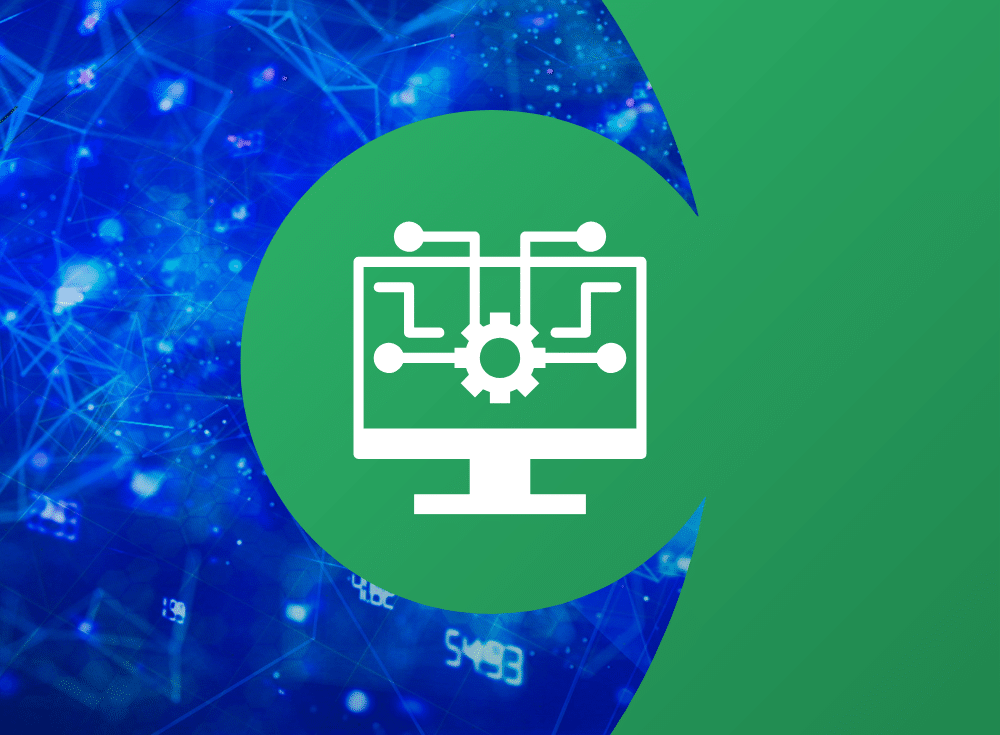An eye on observability for November 2021

As conference season slowly draws to a close, and we fill that few months between the end of summer and the start of the seemingly never-ending holiday season (hemisphere and region-dependent naturally), there has been a flurry of activity in the observability ecosystem, so it’s time to, err, cast an eye over it 😬.
Observability in your IDE
CodeStream created a series of IDE and editor plugins coupled with their backend service to give development teams a holistic overview of code review across issue management, code reviews, and more. As a big fan of productivity-focussed IDE plugins, I interviewed their founder, Peter Pezaris, on my podcast about a year ago. Continuing a series of acquisitions, New Relic announced they had acquired the company, allowing developers to connect metrics, issues, and discussions around them directly where they write code.
Observability-driven infrastructure decisions
A recurring topic in this monthly roundup has been justifying the need for observability to wider business outside of engineering teams. This excellent post from Slack engineering outlines the company’s continuous integration (CI) infrastructure and how it grew (and struggled) as their user and code bases rapidly grew. Serving these caused equally significant increases in cloud costs, and observability improvements (especially tracing) helped identify significant productivity and consequently cost benefits.
PromQL compliance updates
PromLabs undertook their latest round of PromQL compliance tests, and once again, Chronosphere and our open source project, M3, both met 100% compatibility with no issues.
Moar money
Another month, another series of fundraising announcements. This time it’s the turn of Honeycomb who raised $50m in series C for their highly visual tool (and who also claim to have invented the term “observability”), and Clickhouse who raised $250m for their highly scalable database, which isn’t completely observability related, but well suited to the use case.
A deep dive into the Prometheus Operator
Posted in August, but recently republished to the Cloud Native Computing Foundation (CNCF) blog, Ninad Desai’s post focuses on how to manage Prometheus on Kubernetes with the operator. If you’re not sure what an operator is in relation to Kubernetes, then take a read, and if you are, then also read it, and maybe learn about some of the features you’re not using.
An instrumental step
An often glossed-over step with making observability work is instrumenting applications to send that essential data to metrics and observability tools. While efforts like OpenTelemetry make this easier by standardizing the process across languages and platforms, some development time is still needed. If you’re a Python programmer, then Logz.io put together a helpful post for auto-instrumenting an HTTP web app (which means it instruments standard HTTP protocols).
Peek inside that container
eBPF remains the cool kid in the observability playground, but there have been few open-source tool options so far for using it. Kentik Labs recently released Convis that aims to bring eBPF-powered low-level insights into containers.
Observawhatnow?
If you’re new to observability or need a refresher or catch-up with what’s going in this constantly evolving space, then this blog post from Saiyam Pathak is a great place to learn about the different types and sources of metrics, tool combinations, and where the ecosystem might go next.
OpenTelemetry election results
Starting just over a month ago, the OpenTelemetry community held their 2021 elections, and with a 43% turnout, five new committee members were elected. Let’s see what their term brings to the project.
Share This:
Table Of Contents
Most Recent:
Ready to see it in action?
Request a demo for an in depth walk through of the platform!


